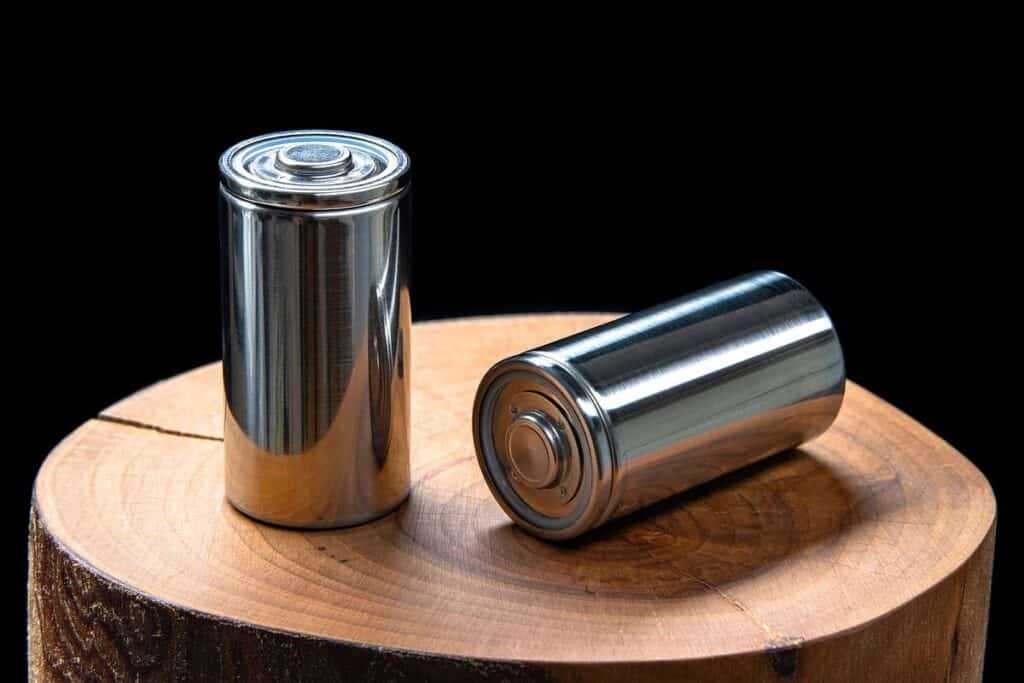How Can We Reduce Carbon Dioxide in the Atmosphere?
Table of contents

Not one week goes by without an update, warning, or recommendation on climate change. While the topic has become a fashionable subject for hipsters to discuss over their avocado toast, and money men to frown upon, everyone’s missing the point. It is really about the long-term prospects of our way of life, and how science can help us get to grips with a looming challenge. From where we sit, it seems like economically viable solutions that appeal to capitalists are the only way to address any social problem because – good or bad – that’s how the world works today. The truth is, most people are too busy trying to make ends meet to drop what they’re doing and focus on saving our planet. We can’t just run around spewing slogans and hoping people change their ways. Instead, we need to identify economically viable technologies that can help clean up our small little planet.
Science tells us greenhouse gases like carbon dioxide (CO2), methane (CH4), and nitrous oxide (N2O) trap heat in the atmosphere. CO2 is naturally present in the air as part of the Earth’s carbon cycle, but human activities are altering this cycle by adding more CO2 into the atmosphere and influencing natural CO2 removal. CO2 accounts for the lion’s share of greenhouse gas emissions, coming from the combustion of fossil fuels and certain chemical processes. The main industries responsible for these emissions are power generation (34% of emissions), road, air, marine, and rail transportation (34% of emissions), and industrial manufacturing of cement, iron and steel, and chemicals (15% of emissions). Regardless of how you feel about climate change, we can all agree that cleaning up the planet is something we all stand to benefit from.

One company has developed a technology that it claims can reduce carbon dioxide. The question is, can they make money doing so?
Climeworks – Capturing CO2 From the Air
Founded in 2009, Zürich startup Climeworks has raised $33.6 million to develop a Direct Air Capture (DAC) technology that captures atmospheric CO2 and chemically binds it to filters. Once saturated, filters are heated and CO2 is collected as concentrated gas to be stored and used later. In the meantime, CO2-free air is released back into the atmosphere. The plants are run by low-grade or waste heat and do not require water, so operations are sustainable.

According to the company, direct air capture is the most environmentally benign option for large-scale CO2 removal. It uses the least land mass, doesn’t require water, and doesn’t impact the environment. It costs around $100 per ton of CO2 removed, and collected CO2 can be used in a multitude of ways, like chemicals production, sustainable fuel production, food and beverage manufacturing, agriculture, and medicine.
Update 04/06/2022: Climeworks has raised $650 million in funding to scale up its technology that sucks carbon dioxide directly from the air. This brings the company’s total funding to $784.3 million to date.
Economic Viability
First opened in 2017, the Climeworks pilot plant in Switzerland has the capacity to remove 900 tons of the gas annually (the rough equivalent of the emission of 200 cars or .0033% of all cars in Switzerland), and use it to help grow vegetables nearby. The plant is powered by waste heat, so it doesn’t require new power for operations. The problem is that in order to reach the company’s goal of capturing 1% of global emissions by 2025, about 250,000 similar plants would be needed.
Following their pilot in Switzerland, the Climeworks team opened the world’s first negative emissions power plant in Iceland. Developed jointly with the Icelandic geothermal power provider, this plant turns captured CO2 into a mineral state underground in less than two years. When reuse of captured carbon dioxide is not commercially viable, it needs to be taken out of the environment’s carbon cycle and stored safely. The company claims their Icelandic project solves the issue of safe carbon capture for the first time, but again we have a slight problem with the economics of producing something at a cost and then not selling it.

As we stated initially, any solution that is proposed to investors needs to show that it can return a profit. We’re having a hard time seeing how this one can pan out without a) being subsidized or b) seeing some dramatic reductions in cost. The price of CO2 gas on the world market right now is relatively low at $3-$26 per ton, and is expected to remain in this range due to its supply surplus. There is some wiggle room on the removal cost (which itself decreases with scale), but it does not seem to be anywhere close to generating a profit. The gap between the $100-per-ton cost to produce a product and the $26 a ton – maximum – that you can sell the product for means you don’t have an economically viable business.
If Money Grew on Trees
Let’s just assume for a second that someone can fund this technology to remove carbon. Is it better than other methods of carbon renewal? Reforestation is the cheapest and most widely used solution, costing $5-50 per ton of CO2 removal but it also takes up the most space and water, and has an effect on local biodiversity and food security. Direct air capture is the second cheapest method at $100 a ton of CO2, and has the least effect on the environment. Looking at the lowest possible scenario of removing 100 gigatons over the next 80 years (what scientists say needs to be done or bad things happen), and assuming half of it comes from DAC, it would cost $62.5 billion per year. But who is going to pay for it?
“The billionaires will! The 1%!” we can hear people yell with their signs held high in the air. These people say that billionaires are greedy because they want to keep their money, but aren’t they greedy for demanding some of that money as well? Many people don’t know that two-thirds of self-made female billionaires today are Chinese women. Is it fair that these women should have to subsidize the 29.51% of carbon emissions that China is responsible for (as of 2015)?

Perhaps it is, but maybe we should let them decide what they want to do with their hard-earned cash. In the meantime, we should focus on finding ways to use technology to clean up carbon dioxide in a way that creates wealth or we’re going to get nowhere trying to address climate change, something that – at least in ‘Murica – seems to have been transformed into a divisive political taking point. Speaking of America, maybe they can help sort this whole thing out.
If you read America’s news headlines on a daily basis, you’ll notice there is a particular person the media can’t seem to get enough of. This person has a double-digit IQ, can’t spell or use proper grammar, makes up words that don’t exist, and every time they open their mouth, their brains fall out. That’s right, we’re talking of course about award-winning musician and songwriter Cardi B. The other person the media loves to talk about – almost as much as Miss B – is President Trump, a man who is said to have signed “a landmark bill that could create the next big technologies to fight climate change.” That’s according to a February 2018 article by Quartz which goes on to say that the new bill offers tax credits “up to $35 if the carbon dioxide is put to use (pushing out oil from depleting fields is the most popular use) or up to $50 if it is simply buried in underground storage.” Now, the economics start to get a bit more interesting. Of course, as investors, we need to be aware of the regulatory risks here, but this bodes well for startups like Climeworks.
Conclusion
Climeworks’ new technology has the potential to be considered an effective mitigation strategy over the long term if we’d like to preserve our current habitat instead of living in caves of steel. It’s a good start, and at least someone is trying. Why not put down those protest signs and join them? Find a way that technology can address our problems while generating a tiny profit, then get funding and scale the cow manure out of it. And if it turns out that this whole thing is “just a big hoax” and we clean up our planet for nothing, at least future generations will have a better place to call home. If you’re a funded company with an economically viable way of cleaning up carbon dioxide – and your business plan doesn’t involve losing money – drop us a note and we’ll write about what you’re doing.
Sign up to our newsletter to get more of our great research delivered straight to your inbox!
Nanalyze Weekly includes useful insights written by our team of underpaid MBAs, research on new disruptive technology stocks flying under the radar, and summaries of our recent research. Always 100% free.














